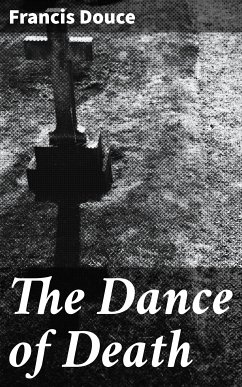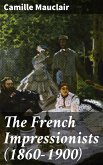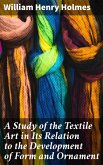In "The Dance of Death," Francis Douce presents a profound exploration of mortality through a collection of evocative illustrations and rich historical context surrounding the iconic Dance of Death motif. Douce's literary style is characterized by meticulous scholarship intertwined with vivid descriptions, capturing the imagination while grounding his work in a deep understanding of medieval culture and art. The book serves not only as an artistic compilation but also as a reflection on the human condition, illustrating how the specter of death permeates everyday life and cultural practices in Europe during the late Middle Ages. Francis Douce, a prominent antiquary and a passionate collector of folklore and literature, was profoundly influenced by his fascination with the interplay between art and cultural narrative. His background in antiquarian studies made him acutely aware of the historical significance of mortality in societal reflections, driving him to investigate how artistic representations of death functioned as moral and social commentary within the communities of his time. Douce'Äôs synthesis of art and scholarship creates a platform for deeper understanding of cultural attitudes towards death. This book is highly recommended for scholars of art history, literature, and cultural studies, as well as for general readers intrigued by the historical perspectives on mortality. "The Dance of Death" not only enriches our understanding of a recurring artistic theme but also invites introspection on our own relationship with the inevitable.
Dieser Download kann aus rechtlichen Gründen nur mit Rechnungsadresse in A, B, BG, CY, CZ, D, DK, EW, E, FIN, F, GR, H, IRL, I, LT, L, LR, M, NL, PL, P, R, S, SLO, SK ausgeliefert werden.









